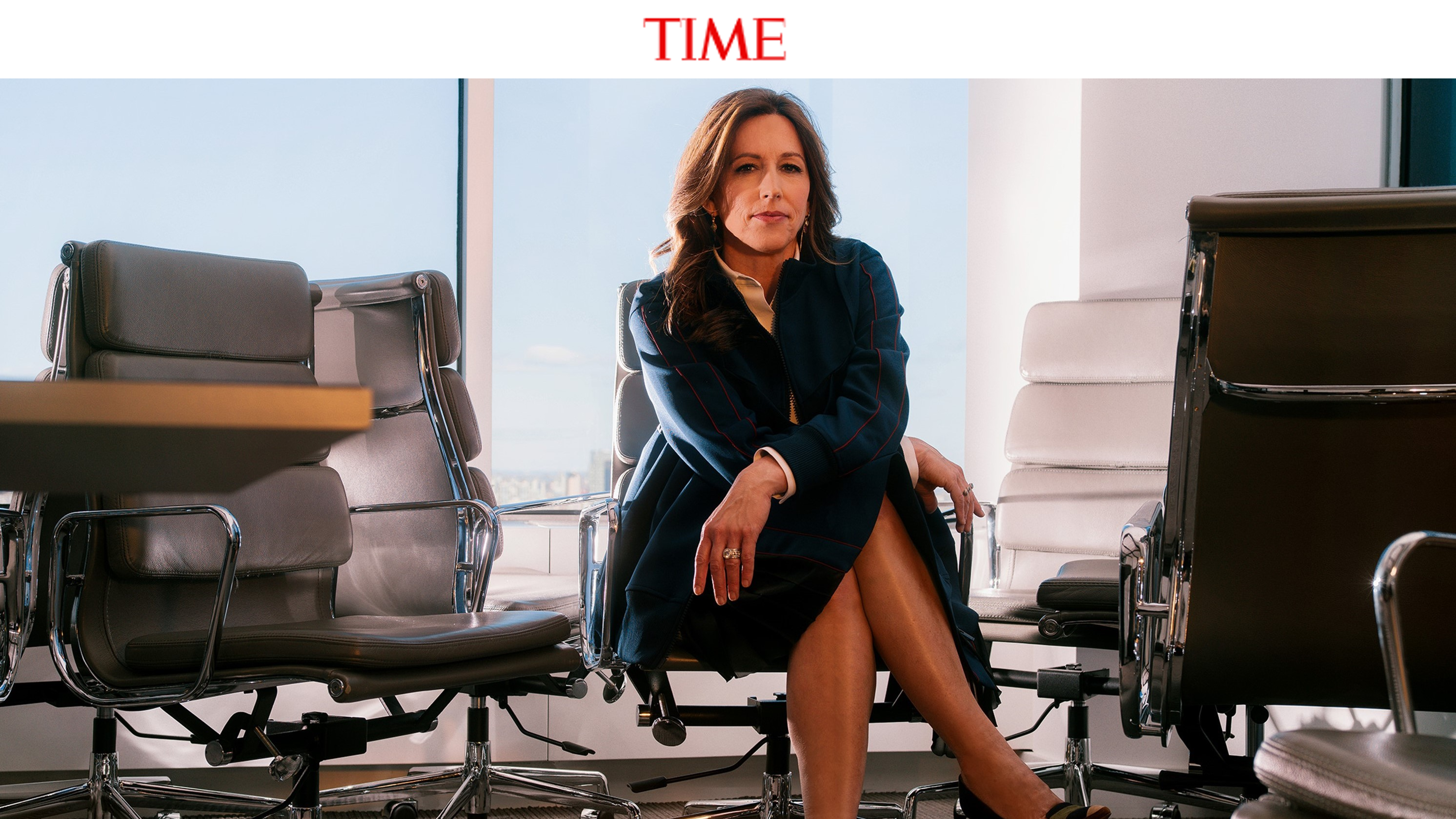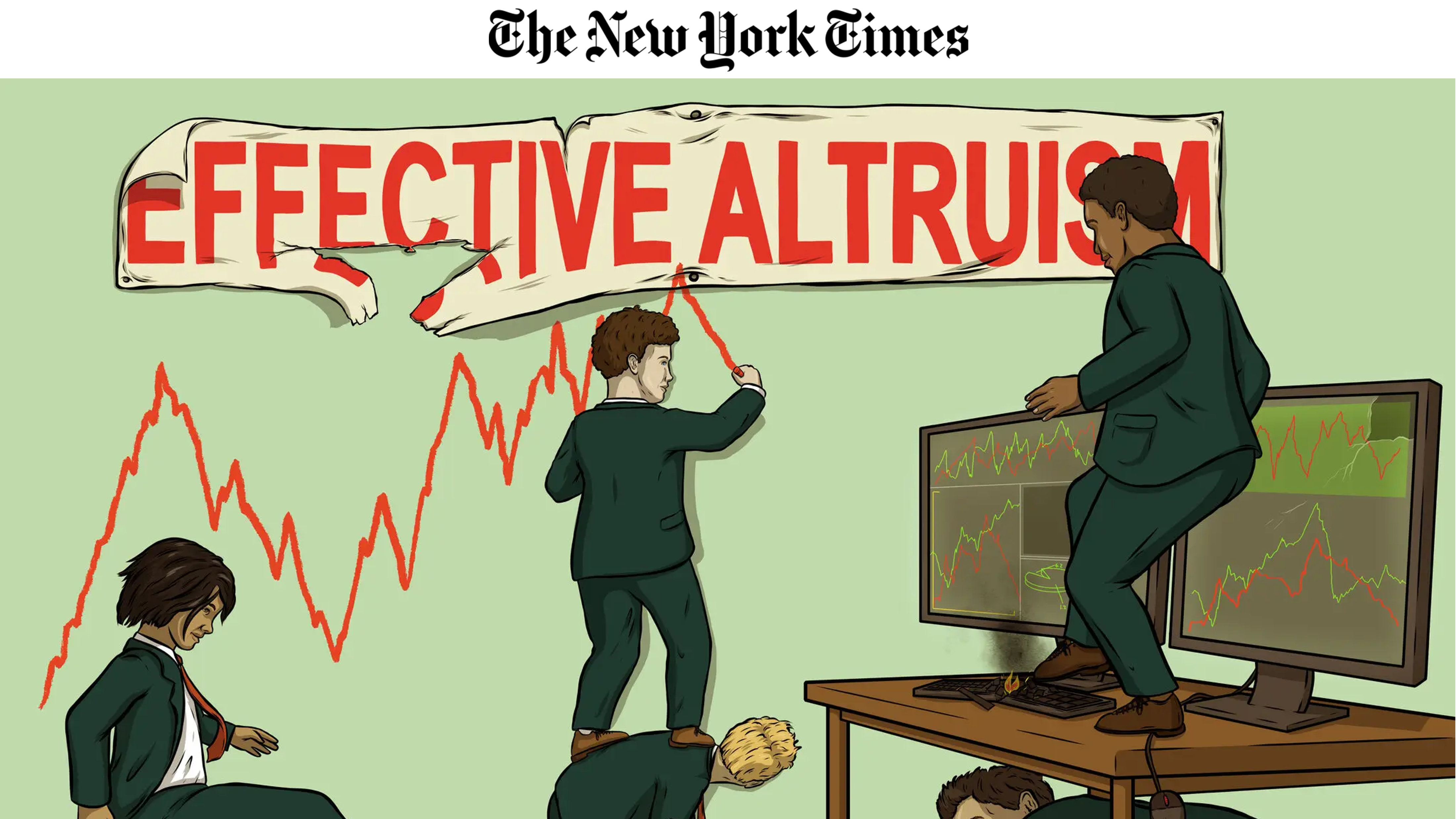< Originally published by Tom Groenfeldt, Contributor, Forbes – July 31, 2018 >
On its way to eating the world, software is eating up bank IT budgets, according to Paul Rowady, CEO of the consultancy Alphacution.
Marc Andreessen, the venture capitalist, is the author of the famous quote about the general rise of software. Rowady, who is developing sophisticated models around finance and technology, sees software eating up IT budgets and crimping spending on hardware at banks.
He thinks that compliance is to blame, something he plans to look at in more detail in a future study.
“Going back a few years I saw software needs crowding out hardware needs, and that led to the adoption of cloud and infrastructure as a service (IaaS). There is no off-the-shelf solution for enterprise-wide compliance, so a lot of budget went to that and couldn’t be used for other needs.”
“A lot of these larger players were loose conglomerations of businesses that had been bolted together for two to three decades. Meeting the demands of regulators requires them to try to defragment multiple systems that sit underneath all these different businesses. They need to keep data centralized so they can use it more readily.”
And unlike many software projects, compliance usually arrives with deadlines.
“Squeezing more performance from less costly technology footprints is a perpetual imperative for all businesses in the digital age,” Rowady writers in his report, #CrowdedOut: Banks’ Technology Spending Paradox. “Unlike the latest – and ongoing – turbulence on the surface of the global markets seas, something slower, somewhat mysterious and much more evolutionary is going on down in the deep.”
He thinks it is regulation-driven software development.
“The extreme increases in internally-generated software development expenses since 2008 in order to provide enterprise functionality to satisfy new regulatory imperatives has created a ‘crowding out’ phenomenon that places significantly more pressure on an already pressurized technology budget… Simply stated, there is no off-the-shelf solution available to satisfy the evolving global regs.”
His study of 50-plus global banks showed that “ internally-developed software costs (which we believe includes both proprietary and consultant-developed software) are the fastest growing component of our technology total cost of ownership (TCO) framework, which includes hardware, software, data and human capital”
The constant churn in big banks doesn’t help matters.
“Banks are so big many of them have a hard time getting out of their own way. The ground is shifting, cost structures are shifting, and because they have had to reorganize their personnel so many times, it’s hard to find who is in charge.”
Although banks like to talk about innovation, by outsourcing infrastructure they are just developing workflows similar to other firms.
“If you are outsourcing, aren’t you really gravitating toward the mean of what these solutions offer?”
Banks are limiting their costs through outsourcing but also limiting their upside, he added.
“They are still mostly dealing with the cost side of things, rather than innovating. They like to talk about new AI and new methodologies, that’s the spin. The reality is they are trying to save on their biggest cost item, which is labor. That’s what these outsourcing deals are about. If they work at all, that’s where they work, by engaging in some labor arbitrage by bringing in off-shore talent or gradually reducing head count,” he said.
“In order to make room in the budget for software development to satisfy new global regulations something else is going to have to give. We think this comes at the expense of new investments in technical infrastructure that are now being moved from capex to operating expenses (“opex”) – and which fuel a new trajectory in adoption of IaaS offerings,” he writes in his report.
Before the global financial crisis finance saw new markets and a lot of product innovation, such as ETFs. OTC derivatives for hedging, and solutions for hedge funds and hedge fund platforms, Rowady said.
“We saw lots of businesses that larger players bolted together from the late 70s to the oughts. I thought of this as the first major era of modern capital markets. It was the wild, wild west with fat margins. You don’t stop to clean up during the party because the money is flowing and you have plenty of money to bury your mistakes; you aren’t trying to create a finely tuned organization, you are trying to harvest money as fast as you can.”
The crisis changed that and led big firms to defragment and make sense of the businesses they had bolted on over time.
“Now its time to clean up. Now we have to try to make a living in this environment which is not nearly as vibrant and profitable as it was. The traditional businesses are boring, they have all these regulations and they are not nearly as profitable. Brokerage continues to decline, so it is fighting over what’s left, and that’s not fun.”
Alphacution is developing models to show in depth what is going on in fintech, he said.
“Solution providers and large research organizations are the first to get the value of trying to model and measure these trends. The solution providers are looking for ways to make a better pitch, not just talk about TCO (Total Cost of Ownership). “Vendors have tended to pay lip service without having numbers. Anyone can say anything and they all say the same thing — lower TCO.
Folks realize having some numbers is necessary.”
Twitter @tomgroenfeldt
I write about finance and technology.
I like the pace of technology, especially in finance where it can move so fast. In 2015 I was named one of the 25 top global finserv influencers. (http://bit.ly/1DsqaeK) In addition to Forbes, I write for International Finance Magazine, Banking Technology and Mondo Visione, all based in London.
< Originally published by Tom Groenfeldt, Contributor, Forbes – July 31, 2018 >






